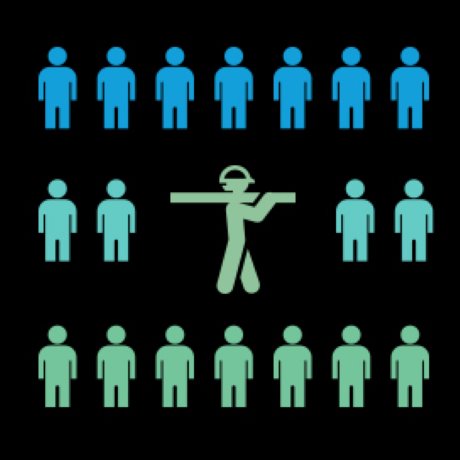New 3D simulation software that is being created by the Southern Alberta Institute of Technology (also known as SAIT Polytechnic) will soon help electrical students at the Calgary post-secondary institution grasp complex theoretical concepts more easily.
The virtual learning environment, formally known as Electrical Power Generation and Distribution Interactive 3D Simulation Software, takes electrical theory and demonstrates it in a visual way.
"It will enable students to study and engage with concepts, such as electromagnetism, that are invisible to the human eye or too dangerous to get close to," said Dennis Lidfors, academic chair of electrical trades in SAIT’s School of Manufacturing and Automation.
The software will be rolled out as a beta site to fourth year electrical apprentices in September 2015.
The simulation, which is being developed over three years, will eventually cover the whole electrical curriculum — power generation, power transmission and end user consumption.
"Because it’s a multimedia presentation, it will create a stronger link between the theoretical and the practical," said Lidfors.
"The software takes students beyond their textbooks and explanations on the white board. Students will be able to achieve a deeper learning and retention because they will be engaged actively with the theory instead of viewing it passively."
The simulation is being built on Unity, a popular 3D game engine.
It will be stored on a server, where students with the correct password will be able to access it any time of the day or night.
Lidfors said that while there are other 3D simulations that explain electricity, SAIT’s is the only one that will cover the entire electrical process and that will align with the Alberta Apprenticeship and Industry Training guidelines.
The software will be well used.
In the 2014-15 academic year, there were 2,500 students in all four years of the electrical apprenticeship program, and 2,700 are expected in 2015-16.
On top of that, there are 58 full-time electrical instructors.
Lidfors said that while the presentation is being made for the School of Manufacturing and Automation, it could be used by other SAIT programs whose curricula have electrical components.
Electrical instructor Sarah Clarke said that although the concept of electromagnetism was discovered hundreds of years ago, it is still difficult for many students to grasp.
"A virtual 3D environment is a key tool for both the students and instructors," Clarke said.
"Not only is it hard for an instructor to relay the sheer size and capabilities of alternators, but imagine trying to teach something that students cannot see. There is so much going on inside a running machine that it is difficult to convey all of the concepts without it becoming baffling."
Clarke said the 3D environment will enable a student to take a machine apart piece by piece and view the components at different angles.
"The animation will enable students to actually see current and magnetism," she said.
"And, sound is being added, so that new electricians on-site will understand the noises they hear."
The animation will eventually include transformers and motors.
The school has been working with SAIT’s Centre for Instructional Technology and Development (CITD), which develops curricula, since September 2014.
Tim Magee, CITD’s co-ordinator of multimedia development, said his staff of 13-19 artists, videographers, photographers, sound specialists and graphic artists does the technical heavy lifting to make a 3D multimedia presentation.
"We take the knowledge from the faculty and transform it into a multimedia presentation," he said.
Magee said CITD faced a number of technical challenges on the project.
"As we were developing the presentation, we found it looked different depending on the kind of machine it was viewed on, for example, a high-speed desktop or a smartphone," he said.
"So, we had to make adjustments to make sure the presentation looked the same on all the different machines."
Development of the simulation was made possible by funding from Suncor Energy, CEDA International Corporation and Western Economic Diversification Canada.
SAIT will also develop two other 3D simulation modules to support students in the millwright apprenticeship and non-destructive testing programs.



Recent Comments
comments for this post are closed